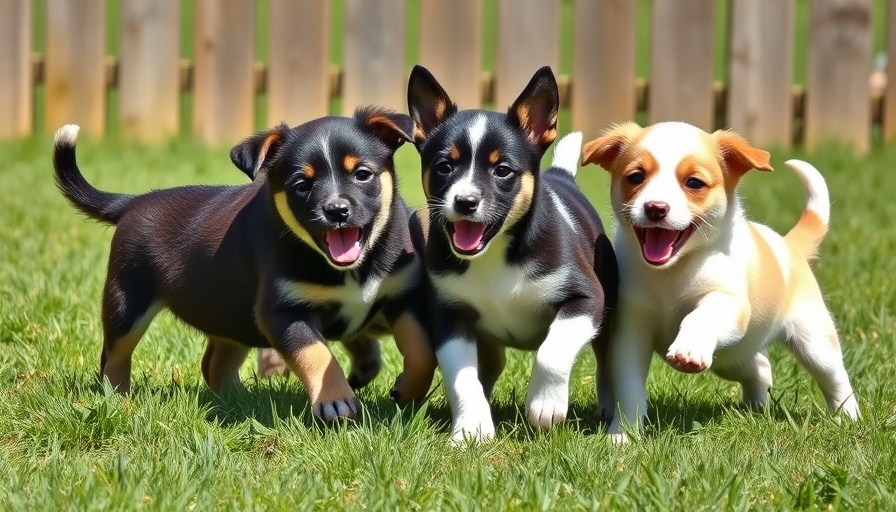
Unveiling the Charm: Why Wrinkly Dogs Steal Hearts
For many dog lovers, there's something irresistibly adorable about pups sporting wrinkly faces and bodies. Breeds like the Shar-Pei and the English Bulldog showcase their folds like badges of honor, capturing the attention of countless admirers. But these wrinkles do more than enhance cuteness; they often come with unique care needs, personality traits, and rich histories that are well worth exploring.
Differing Personalities of the Wrinkly Canines
Each wrinkly breed boasts its own unique blend of temperament and physical appearance. For instance, the Shar-Pei is known for its deeply folded skin and calm demeanor, making it a serene companion. However, their stubbornness can pose challenges during training. In contrast, the Bloodhound, famous for its long ears and droopy skin, is not just a pretty face but a master tracker whose wrinkles help it sniff out scents with precision. This difference in personality illustrates how the appearance of a dog can often be reflective of its character.
A Closer Look at Care Needs and Health
Wrinkly dogs may be low-maintenance companions, but their unique skin requirements shouldn't be overlooked. Breeds like the English Bulldog and Pug often suffer from skin-related issues due to moisture retention in their folds, necessitating regular cleaning and care to prevent infections. Early socialization and consistent grooming not only keep them healthy but also help develop their charming personalities. Responsible ownership means understanding and preparing for these special needs so these dogs can thrive.
Popularity in Contemporary Culture: A Trend Worth Watching
Wrinkly dogs have surged in popularity, particularly among younger generations enamored with their cuteness and unique characteristics. Social media platforms are ablaze with adorable images of Pugs wearing funny costumes or English Bulldogs lazily lounging on a couch. This trend has not only enhanced the visibility of these breeds but has also sparked conversations around responsible breeding practices. Awareness campaigns are increasingly necessary to ensure that potential owners understand the intricacies involved in caring for these beautiful, yet often misunderstood, breeds.
A Furry Future: Challenges Ahead
As the popularity of wrinkly breeds continues to rise, challenges such as unhealthy breeding practices could arise, leading to more health concerns. Responsible breeding is essential to maintain the health and welfare of these dogs. Potential owners should choose to work with reputable breeders who prioritize the dog's well-being over aesthetics. This approach not only ensures healthier pets but also promotes ethical breeding standards in the industry.
Conclusion: The Wrinkly Love Advocates
With their delightful charm and unique needs, wrinkly dog breeds provide an abundance of joy and companionship for dog lovers. Understanding the traits, care requirements, and potential challenges associated with these breeds highlights the importance of responsible ownership. As we continue to celebrate these charming companions, let's also dedicate ourselves to their welfare and ensure they receive the love and care they deserve. Explore further and become an informed advocate for wrinkly dogs.
 Add Row
Add Row  Add
Add 




Write A Comment